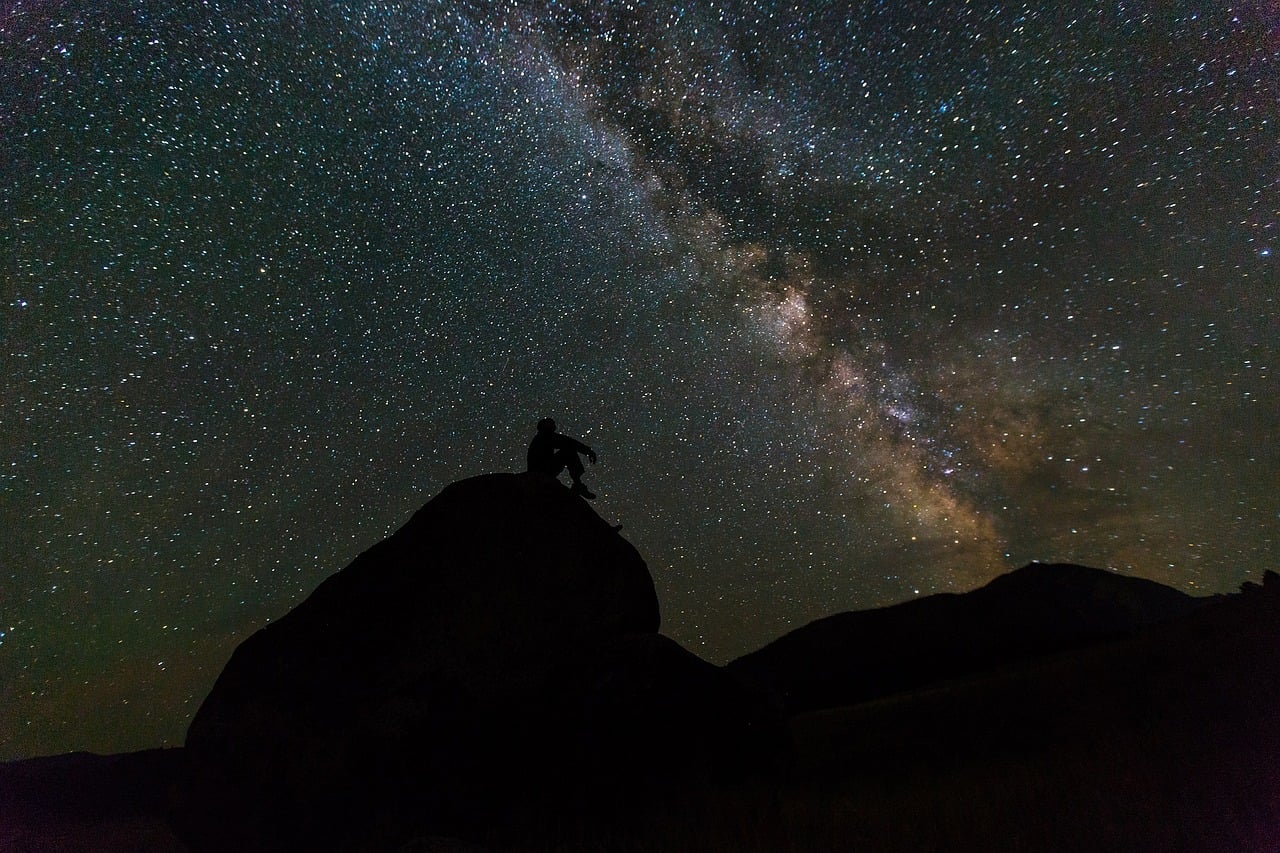Astronomers believe an alien star that flew by Earth thousands of years ago is still impacting the way objects in our solar system move. A new study on Scholz’s star builds on another team’s work from a few years ago, and astronomers say it offers further evidence about what they believe was the closest flyby of an interstellar object to our sun ever.
New data pertaining to Scholz’s star
Researcher Carlos de la Fuente Marcos and his team from the Complutense University of Madrid and the University of Cambridge published their study in the Monthly Notices of the Royal Astronomical Society: Letters (available free here, hat tip to Space.com). The analyzed the movement of 339 different asteroids, comets and other bodies in our solar system which have orbits that are hyperbolic in shape rather than elliptical or circular, tracking their current positions back through time.
Based on their simulations, they believe that these objects’ orbits were shifted off their natural course by a visitor from outside our solar system: an alien star now called Scholz’s star, in honor of the astronomer who discovered it. The alien star is actually a binary star system made up of a red dwarf star orbited by a smaller brown dwarf star, they explained, and when it passed by our solar system, they say it probably had a reddish tint to it.
In a statement, the researchers explained that theoretically, we would expect the positions of these solar system bodies to be distributed evenly across the sky, especially those that came from the Oort Cloud. Instead, they observed what de la Fuente Marcos describes as “a statistically significant accumulation of radiants.” He also said the pattern projects towards the constellation known as Gemini, following the trajectory they believe Scholz’s star took as it flew through our solar system.
Scholz’s star believed to have graced our solar system
Before this latest study, astronomers already believed that Scholz’s star passed within one light-year of our sun about 70,000 years ago. While a light-year isn’t exactly a short distance, it certainly is relative to the current position of our sun’s closest neighbor that’s outside our solar system, which is more than 4 light-years away. As another point of reference, Scholz’s star is now about 20 light-years away, according to astronomers.
According to de la Fuente Marcos, the alien star only affected the orbits of the smaller bodies that were closest to it when it buzzed by our solar system. He believes the close encounter exerted a gravitational pull on these objects, pulling them off their previous course and into a hyperbolic orbit rather than the usual round or elliptical orbits seen throughout space.
Astronomers say some of the space objects that follow a hyperbolic orbit could be from other star systems, like Oumuamua, the strange needle-shaped object that astronomers believe to be the first foreigner to visit our solar system. However, de la Fuente Marcos’ team now believes that some of these objects are native to our solar system but were pulled off their previous course by the visit of the alien star system.





